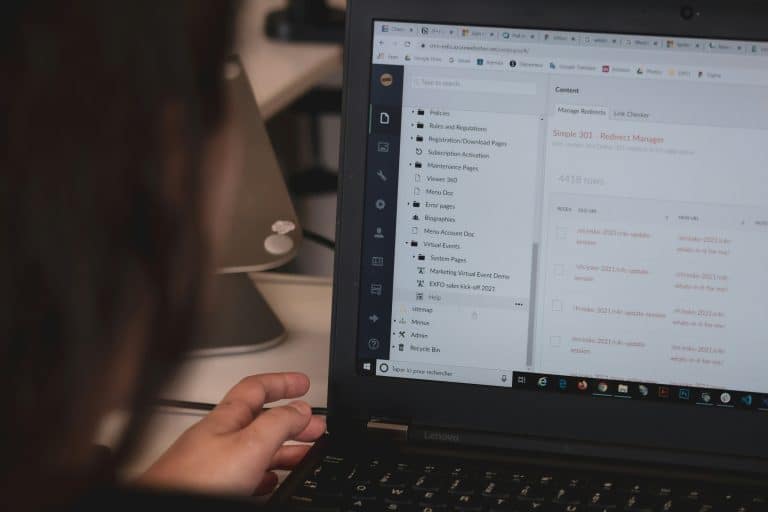For high school juniors and seniors figuring out their college list, there is almost nothing more important than campus visits. They’ve always been your best opportunity to get a vibe for the campus, see how students really live, and explore the resources offered firsthand. In the era of Covid-19, however, physical on-campus visits are on hold. That doesn’tmean you’re out of luck, though! Here’s everything you need to know about doing virtual college visits when traveling just isn’t an option, and how to make the most of the resources at your fingertips.
Check out the school’s admissions/prospective students page.
This will cover a lot of the fast facts you need to know, like the number of students admitted, the financial aid offered, and much more. This is also where many schools will provide links to take an online tour of their campus. Check out this web tour of the University of Alabama to get an idea of what these look like! If you aren’t easily finding a virtual tour option on a school’s website, make sure to check out websites like YouVisit.com or CampusTours.com, which offer online tours of 1,000+ schools.
Take the online tour, and take notes!
It might feel silly to take notes while cruising around campus on your couch, but jotting down a few bullet points can help you remember the things that really stood out, or that gave you pause. If you’re going to be looking at several schools, it’s always wise to have a cheat sheet about what you learned or felt while “touring.”
Fill out an interest form and subscribe to the school’s email list.
I’m stingy about giving out my email address (nothing bugs me more than getting a dozen spam emails in a day!) but this is a smart way to show interest in different schools. Fill out the interest form, open their emails, click on various links, and spend time on included sites. (Yes, many schools actually have software that can see who is actually interacting in these ways.)
Sign up or tune in for a virtual information session, if available.
Many schools are offering informational sessions online that share more details about the school (or specific programs), answer common questions, and even provide tips about navigating the admissions process. For example, the University of Texas at Austin offers a general admissions session, as well as sessions tailored to specific colleges, Plan II, and so on. If you’re able to sign up for information sessions – do it. This is one way to show demonstrated interest! (Not familiar with the concept of demonstrated interest? We answer all your questions here!)
Email professors or admissions counselors with any questions.
Speaking of demonstrated interest… this is another great way to show it! With virtual campus tours, you won’t be able to ask your burning questions or go super in-depth about areas you’re interested in. Once you’ve explored the website fully, taken a tour, and attended any relevant information sessions, reaching out to counselors or professors is a great next step. Not only will you get additional information that may affect your decision to apply or enroll, you’ll be on the school’s radar as someone who is genuinely interested in attending. For a refresher about how to email potential schools, check out our blog The Dos and Don’ts of Emailing Colleges.
Show admissions counselors what you’ve learned in your supplemental essays.
This is your chance to be authentic and show them how much research you’ve done. Discuss what you loved seeing on the virtual tour, mention any professors you’ve interacted with, and talk about what you learned in the information sessions. There are so many free tools at your disposal to really pinpoint which school is right for you – show admissions counselors that you’ve used these tools, and that if accepted, you’re absolutely certain you want to attend!





